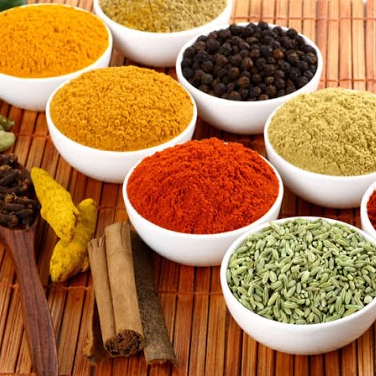Pain is more than just a feeling of discomfort and can often be very bothersome. Acute pain occurs suddenly and usually lasts from a few days to a few weeks, while chronic pain may last more than three months and, in some cases, up to six months. The intensity of the pain you experience provides the doctor with important information, and pain relief methods vary depending on the type and intensity of the pain. The use of different painkillers and, in some cases, surgery are among these methods. If you are someone who immediately reaches for painkillers at the first sign of pain, it is better to pay more attention to their side effects or consider using home remedies. Here are a few examples of them.
Willow Bark
Willow bark has long been used to alleviate inflammation, a common cause of many pains. White willow bark contains a chemical substance called salicin, which is similar to the active ingredient in aspirin.
In the past, people chewed willow tree bark to reduce pain and fever. Today, willow bark is available as a dried herb for brewing, a liquid supplement, and in capsule form. Willow bark is effective in relieving discomforts such as headaches, back pain, arthritis, and many other conditions.
Since willow bark can cause stomach discomfort and, in some cases, kidney bleeding, its use is only recommended for adults and may be toxic to children.
If you are allergic to aspirin or take anti-inflammatory medications like ibuprofen or naproxen, avoid using willow bark. It is also not recommended to take it simultaneously with anticoagulant medications like warfarin, as the salicin in willow bark can increase the risk of bleeding.
Turmeric for Pain Relief
Turmeric is a yellow, aromatic spice containing curcumin. This compound has strong antioxidant properties, helping to protect the body from free radicals and preventing damage to cells and tissues.
In addition to relieving pain such as in arthritis, turmeric is effective in treating digestive issues, stomach ulcers, psoriasis (Read more here), and even cancer.

Clove
Clove, which is used as a spice in certain dishes and desserts, is also available in medicinal forms such as capsules, powder, and oil.
This plant helps in relieving pain from conditions such as headaches, arthritis inflammation, and tooth pain. In addition, clove is effective in reducing nausea, treating colds, and fungal infections (Read more here). The active compound in clove is eugenol, which is the primary ingredient in some painkillers.
Applying a small amount of clove oil to the gums can provide temporary relief for tooth pain. However, using too much undiluted clove oil may harm the gums, so it is better to consult with a dentist before using it.
Since clove can increase the risk of abnormal bleeding, it is not recommended for individuals with bleeding disorders or those taking blood-thinning medications.
Acupuncture
This method, which dates back to ancient China, helps relieve pain by balancing the body's natural energy pathways. Acupuncture practitioners insert tiny, thin needles into the skin, with the placement depending on the source of the pain. Acupuncture helps treat chronic pain, such as migraines and arthritis, by releasing serotonin in the body.
Heat and Ice
One of the most common home remedies for pain relief is the use of heat and ice at the site of pain. An ice pack is typically used to reduce swelling and inflammation from muscle, tendon, or ligament strains, while a warm compress is used after the inflammation has subsided.
Ice packs are also effective in treating some types of headaches, but for conditions like arthritis, where pain is felt in muscles, tendons, and bones, heat tends to be more effective than ice. Heat helps improve blood circulation to the painful area, thereby reducing pain. A warm compress (between 92 to 100 degrees Celsius) is usually sufficient, and there is no need to soak in a hot bath.

Massage
When performed by a specialist or physician, massage can be effective in treating certain pains, such as headaches or back pain.
Meditation
If the pain is mild, meditation can help relieve it. In this case, the person distracts their mind from focusing on the pain by concentrating on something simple, such as breathing, which helps them feel better. This method can be helpful on its own or in combination with medication.
Physical Therapy
This method is often effective for relieving chronic pain or pain resulting from surgery. It is also commonly recommended for pain from ankle sprains or muscle strains.
There are physical therapy devices available for home use, but physical therapy at home often involves exercises and movements that a physiotherapist teaches the patient to improve muscle pain and increase joint mobility in the affected areas.
Pain Management
Since natural painkillers may only be effective for certain types of pain, none of the methods mentioned may be suitable for treating the pain you are experiencing. Additionally, pain is always a sign of an underlying issue in the body that may require further investigation. Therefore, it is important to consult with a specialist to identify the source of the pain and receive proper treatment.
Sources:
healthline.com, webmd.com












Our Customers' Comments
No comments registered